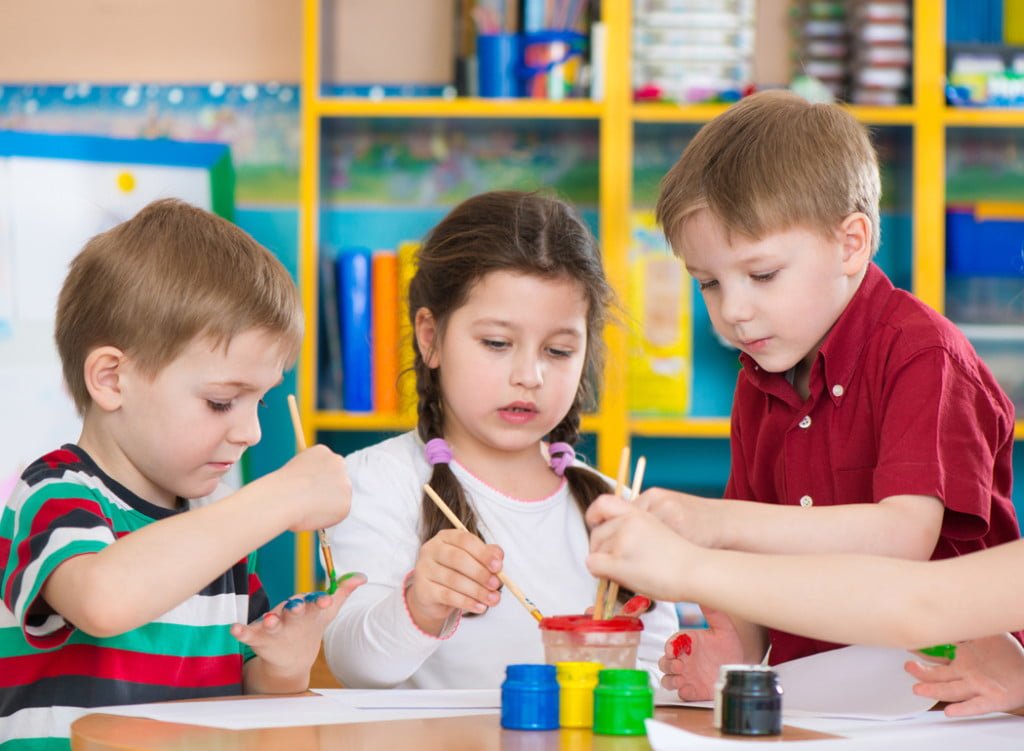Introduction
In the realm of early childhood education, an integrated curriculum stands as a beacon of innovation and efficacy. By weaving together subjects and themes, educators can create a holistic learning experience that reflects the interconnected nature of knowledge and life. This approach not only enriches learning but also fosters critical thinking, creativity, and real-world problem-solving skills in young learners.
Benefits of an Integrated Curriculum
Holistic Development
One of the primary benefits of an integrated curriculum is its ability to promote holistic development. Instead of treating subjects as isolated silos, integration helps children understand the relationships between different areas of knowledge. This approach nurtures cognitive, emotional, social, and physical development simultaneously, providing a more comprehensive educational experience.
Enhanced Engagement
When learning activities are interconnected, children find them more engaging and meaningful. They are more likely to see the relevance of what they are learning to their own lives and interests. This increased engagement often translates into better retention of information and a greater enthusiasm for learning.
Critical Thinking and Problem-Solving
An integrated curriculum encourages students to think critically and solve problems. By working on cross-disciplinary projects, children learn to approach problems from multiple perspectives and develop versatile problem-solving strategies. This kind of thinking is essential for success in the 21st century.
Improved Social Skills
Collaboration is a key component of an integrated curriculum. When children work together on projects that span various subjects, they develop important social skills such as communication, cooperation, and conflict resolution. These skills are vital for their future academic and professional lives.
Examples of Cross-Disciplinary Projects
1. The Garden Project
Subjects Integrated: Science, Math, Art, and Language Arts
Description:
Children participate in planning and maintaining a school garden. They learn about plant biology and ecosystems in science, measure and chart growth patterns in math, create garden-related art projects, and write journals or stories about their experiences in language arts.
Benefits:
This project teaches children about the environment and sustainability, enhances their understanding of measurement and data collection, fosters creativity, and improves literacy skills.
2. Cultural Fair
Subjects Integrated: Social Studies, Music, Art, and Language Arts
Description:
Students explore different cultures by studying their traditions, music, art, and stories. They create displays, perform cultural dances or music, and share stories or reports about the cultures they studied.
Benefits:
This project broadens children’s understanding of global diversity, fosters appreciation for different cultures, enhances public speaking and performance skills, and integrates artistic expression.
3. The Weather Station
Subjects Integrated: Science, Math, Technology, and Language Arts
Description:
Students set up a simple weather station to collect data on temperature, rainfall, and wind speed. They analyze the data in math, use technology to graph their findings, learn about weather patterns in science, and report their results in language arts.
Benefits:
This project teaches scientific principles, data analysis, and technological skills. It also improves literacy through the process of documenting and presenting findings.
4. Community Helpers Project
Subjects Integrated: Social Studies, Art, and Language Arts
Description:
Students learn about various community helpers (e.g., firefighters, doctors, teachers) through visits, guest speakers, and research. They create art projects representing these roles and write thank-you letters or reports about what they have learned.
Benefits:
This project fosters a sense of community and appreciation for different professions. It also integrates social studies knowledge with creative expression and literacy skills.
Implementing an Integrated Curriculum with BubbleBud Kids
Learning Management System (LMS)
BubbleBud Kids’ LMS is designed to support an integrated curriculum by providing a platform where educators can plan, execute, and assess cross-disciplinary projects. The LMS offers resources and tools to create seamless connections between different subjects and monitor student progress comprehensively.
Activities and Games
Interactive activities and games within the BubbleBud Kids ecosystem are designed to reinforce integrated learning. For example, digital storytelling games can combine elements of language arts, art, and social studies, making learning both fun and multifaceted.
School Management System
The school management system in BubbleBud Kids allows for efficient coordination of integrated curriculum projects. It facilitates scheduling, resource allocation, and communication among teachers, students, and parents, ensuring that everyone is on the same page and can contribute effectively to the learning process.
Smart classroom solutions from BubbleBud Kids enhance the implementation of an integrated curriculum by providing interactive whiteboards, tablets, and other digital tools that support collaborative and cross-disciplinary learning activities. These technologies help bring projects to life and make learning more dynamic and interactive.
Discover the transformative power of an integrated curriculum with BubbleBud Kids. Our comprehensive suite of educational tools and resources is designed to support holistic, engaging, and meaningful learning experiences for young children. Visit our website today to learn more and start integrating your curriculum for a brighter future.

